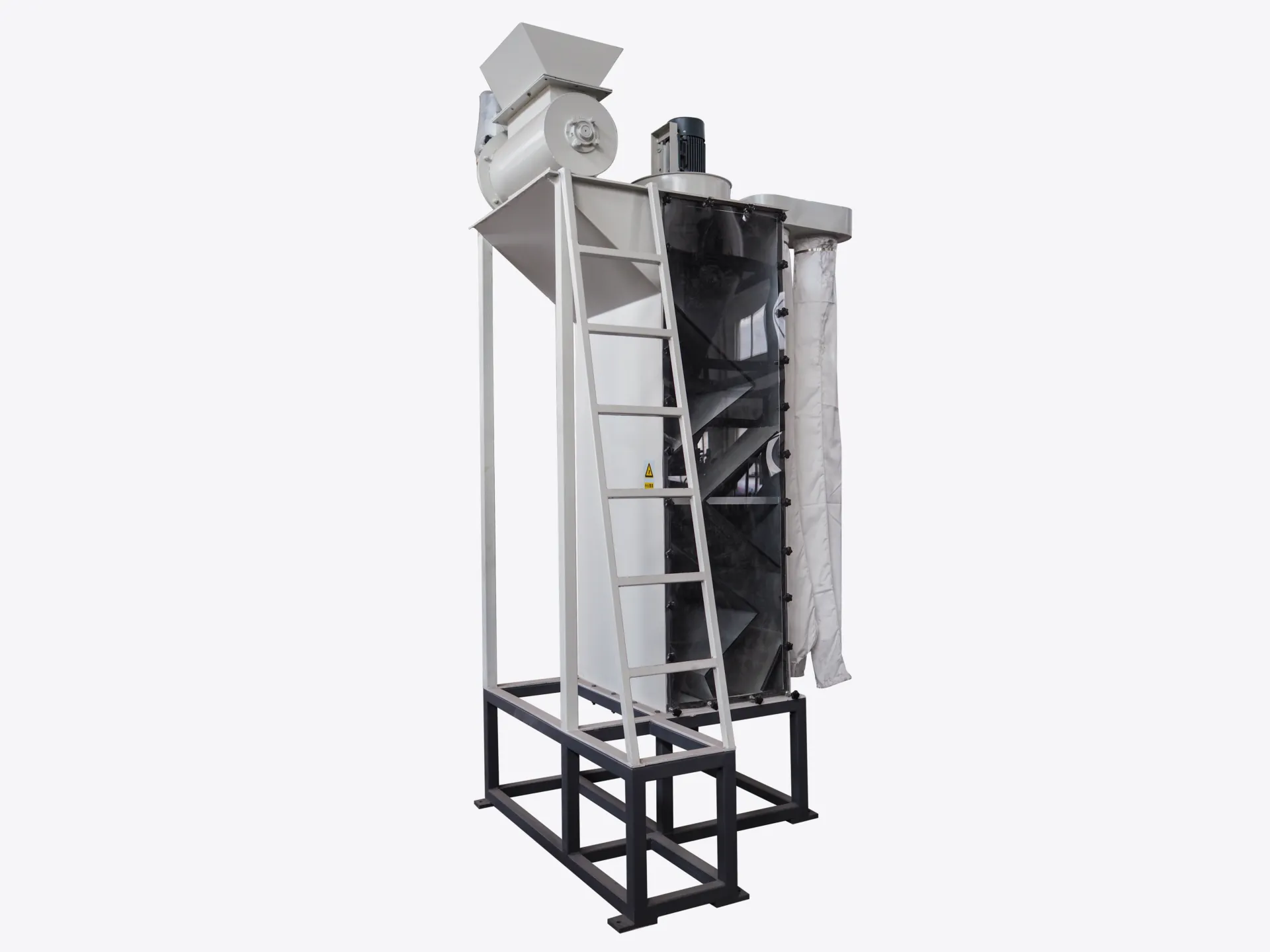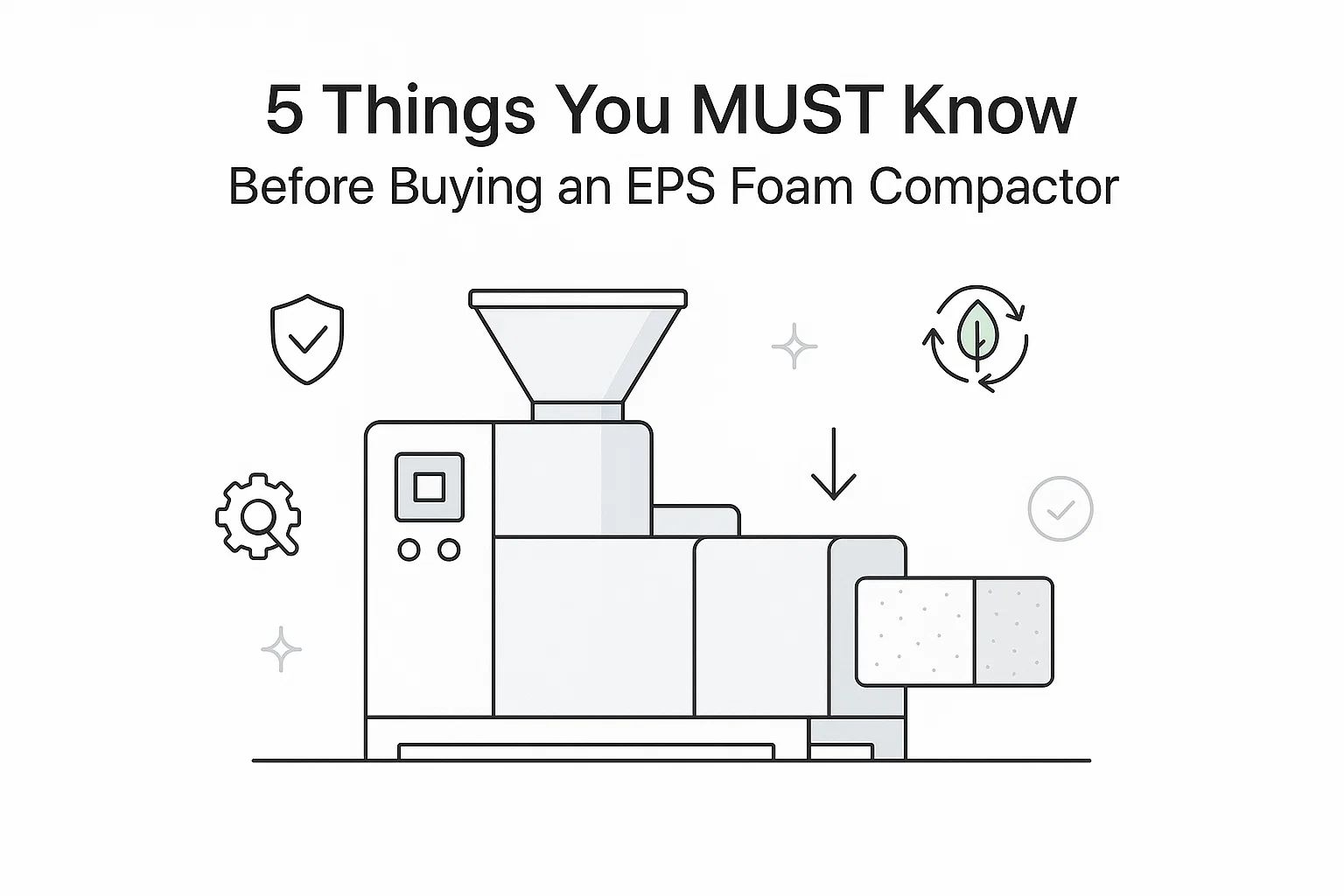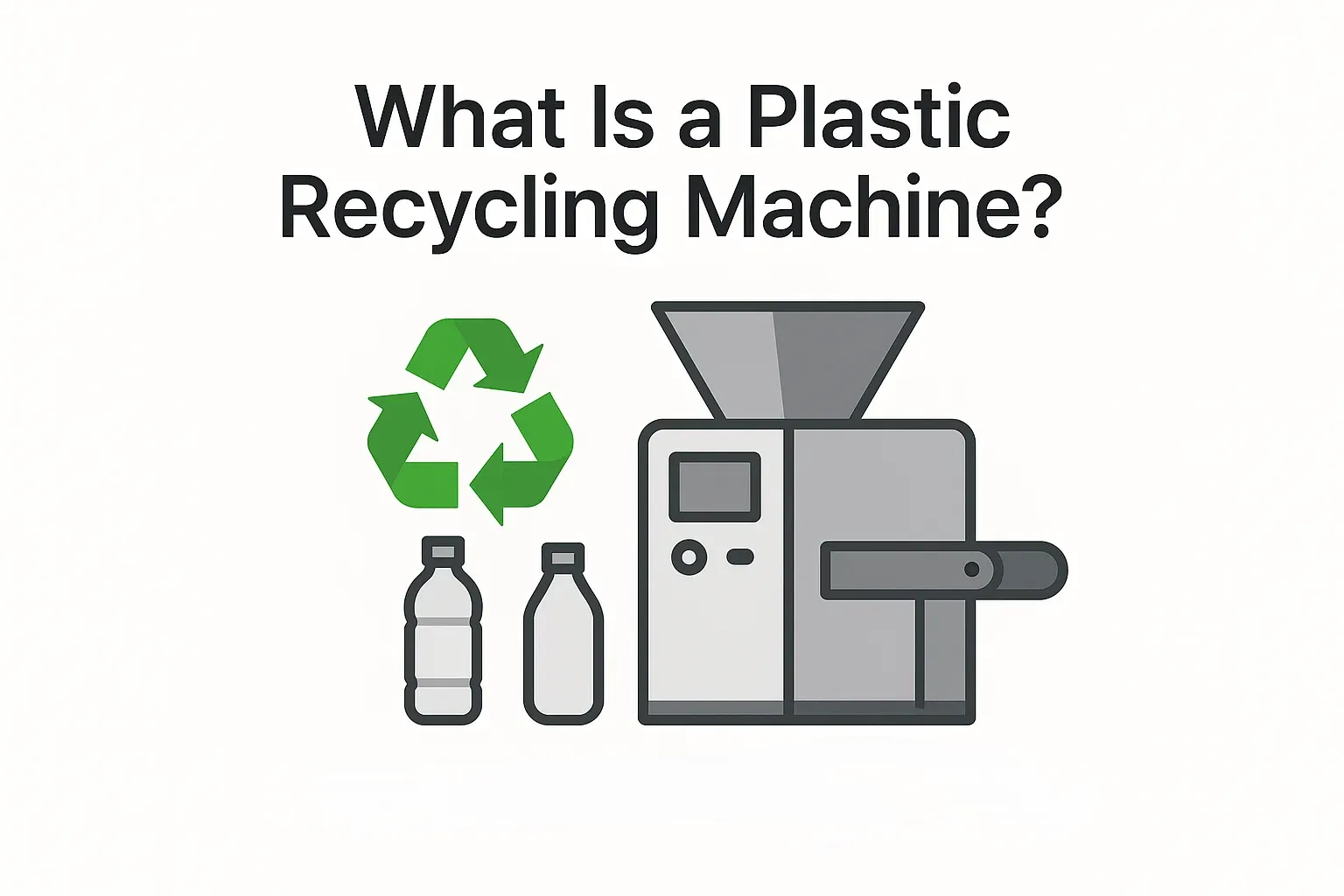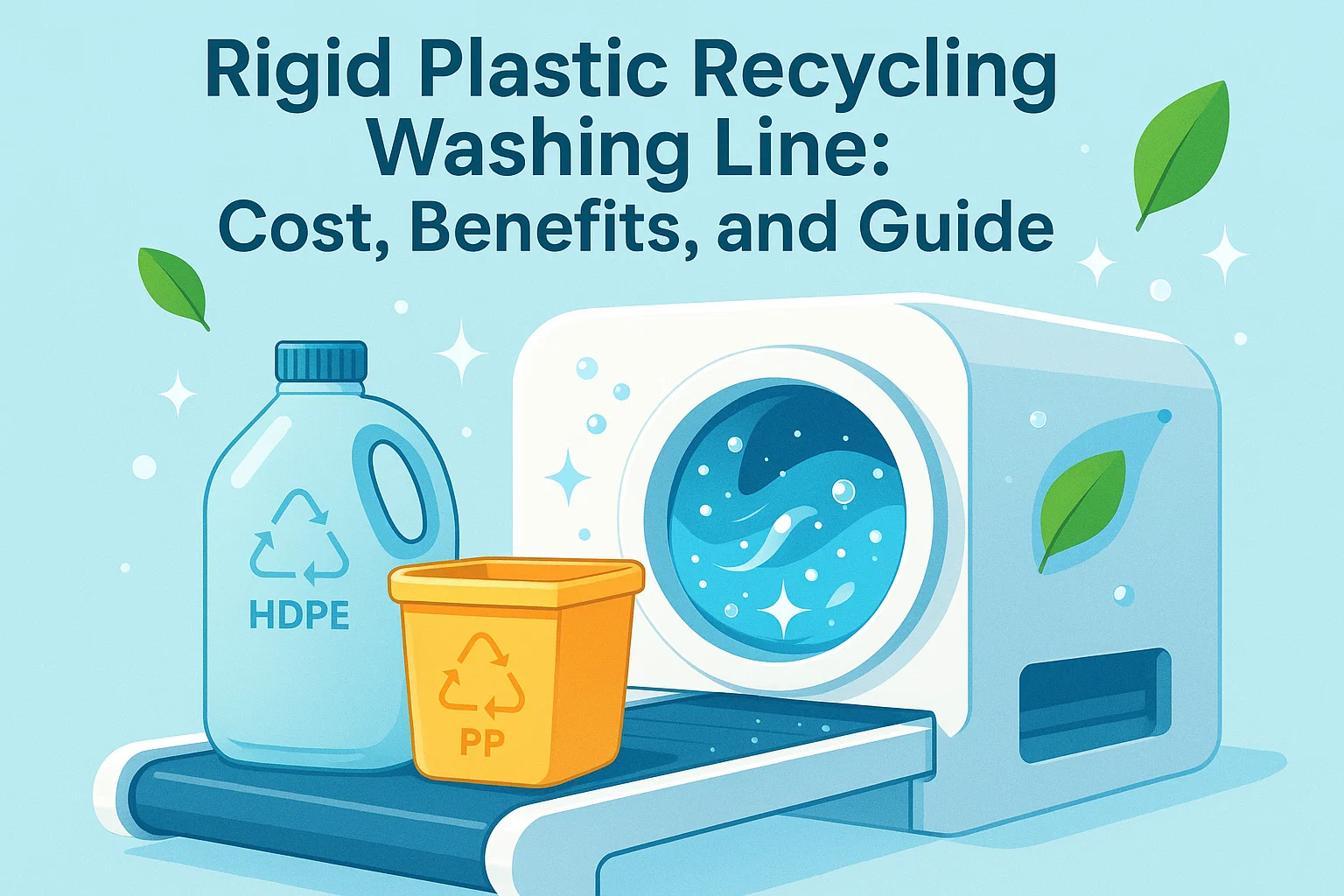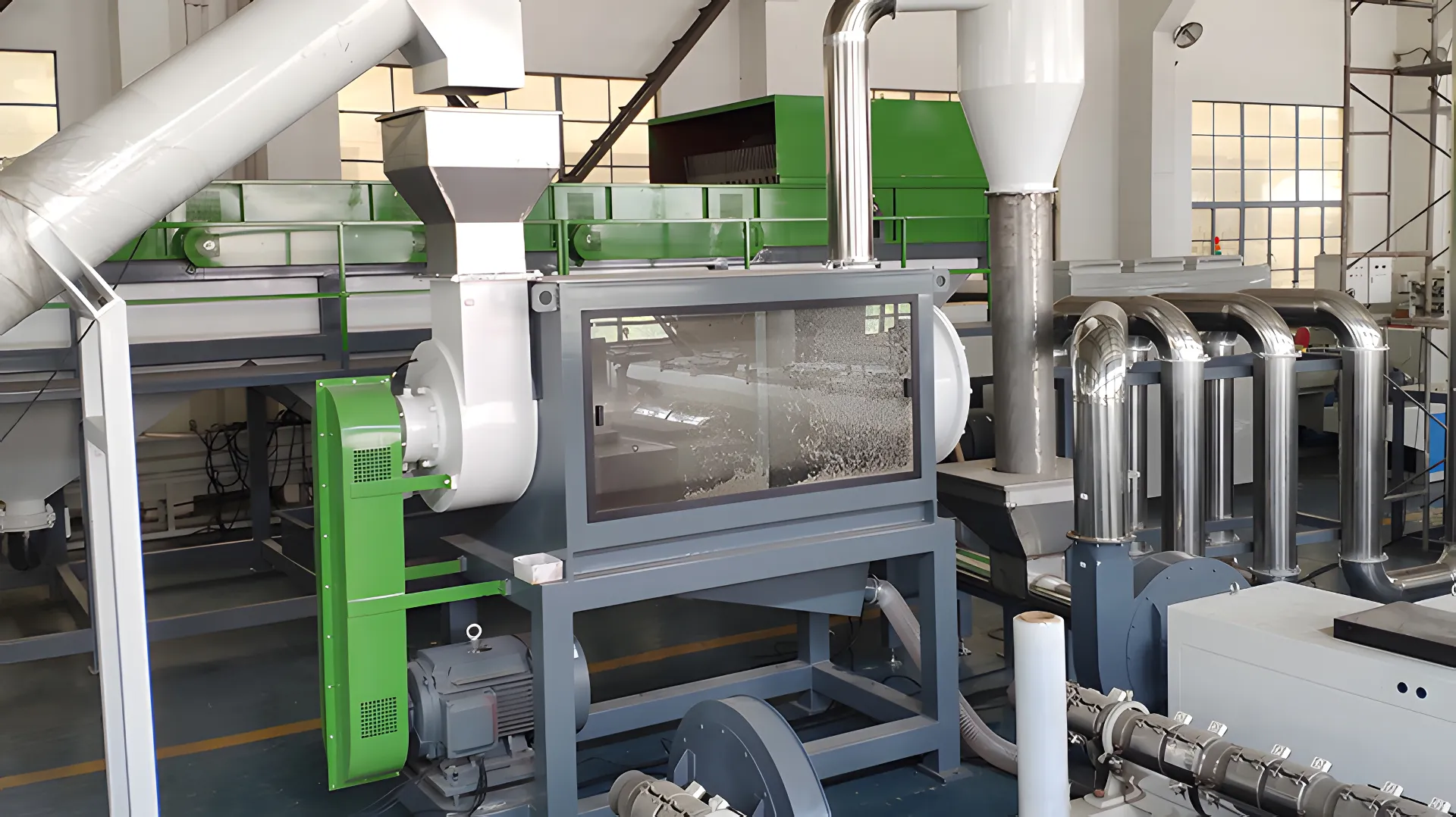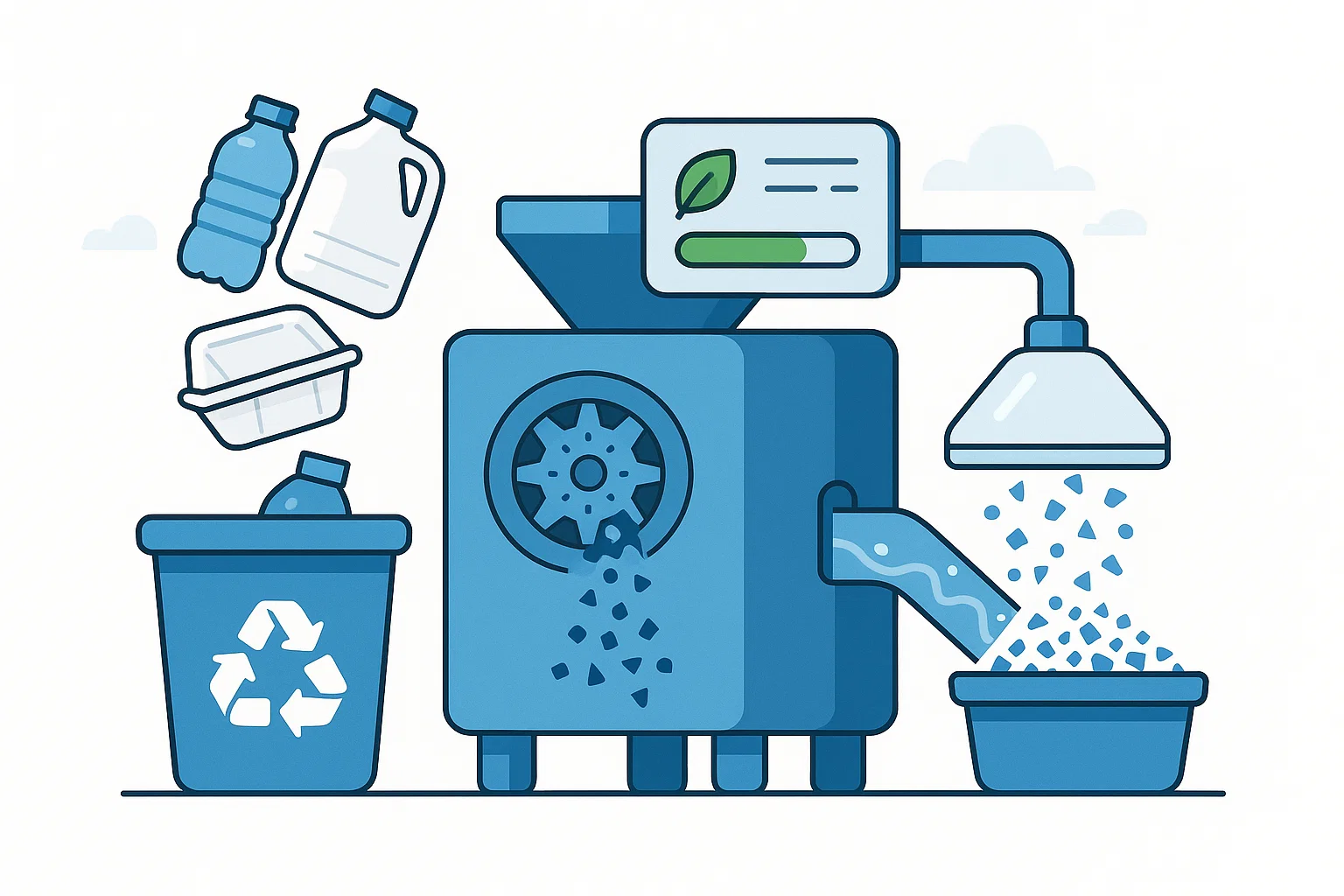Recycling News
In the world of plastics recycling and manufacturing, selecting the appropriate equipment to ensure efficiency and purity is crucial. Rumtoo's Zig-Zag Air Classifier, also known as an air separator, is a powerful tool designed specifically to handle various types of plastics. In this guide, we’ll dive deep into the plastic materials that are best suited for processing with Rumtoo’s industry-leading Zig-Zag Air Classifier.
Understanding the Zig-Zag Air Classifier
Rumtoo’s Zig-Zag Air Classifier separates materials based on weight and aerodynamic properties using controlled airflow. Ideal for recycling facilities and manufacturers, this technology significantly improves the quality and purity of plastic materials, enhancing their market value and environmental sustainability.
For more detailed specifications, you can explore Rumtoo’s Zig-Zag Air Classifier.
Ideal Plastic Materials for Processing
Choosing the right materials is critical to maximizing the benefits of your air classifier. Here are the plastics that achieve optimal results:
1. PET (Polyethylene Terephthalate)
PET plastics, widely used in bottles, packaging, and textiles, greatly benefit from air classification due to their relatively uniform density and lightweight nature.
Benefits for PET:
- Improved purity and consistency
- Enhanced recycling efficiency
- Reduction of contaminants and foreign materials
2. HDPE (High-Density Polyethylene)
Commonly used in containers, piping, and automotive components, HDPE’s robust nature makes it highly compatible with air separators.
Benefits for HDPE:
- Increased efficiency in recycling processes
- Significant reduction in contamination
- Higher quality recycled outputs
3. LDPE (Low-Density Polyethylene)
Used primarily in packaging films and plastic bags, LDPE’s lightweight properties make it highly suitable for the Zig-Zag Air Classifier, ensuring excellent separation from contaminants.
Benefits for LDPE:
- Enhanced separation from heavier impurities
- Superior purity of recycled material
- Increased commercial value
4. PP (Polypropylene)
Polypropylene is prevalent in packaging, automotive parts, and textiles. Its moderate density and aerodynamic properties align perfectly with the air classifier technology.
Benefits for PP:
- Improved separation quality
- Higher recyclability and purity
- Increased market value post-processing
5. PS (Polystyrene)
Frequently found in consumer goods packaging, insulation, and electronics, polystyrene benefits significantly from precise air separation, ensuring minimal cross-contamination.
Benefits for PS:
- Efficient removal of contaminants
- High purity levels
- Enhanced market value for recycled PS
Materials Less Suited for Air Classification
Though versatile, air classifiers may face limitations with certain materials, particularly those with similar aerodynamic characteristics or densities, such as:
- Mixed plastic composites
- Heavily contaminated plastics with adhesives or coatings
- Plastics mixed with metal or glass fragments
In such cases, additional preprocessing steps might be necessary before classification.
How Rumtoo Enhances Your Recycling Process
Rumtoo’s Zig-Zag Air Classifier provides significant advantages, including:
- Precision Separation: Tailored airflow ensures optimal sorting accuracy.
- Energy Efficiency: Reduced energy consumption compared to traditional methods.
- Environmental Compliance: Helps businesses meet stringent recycling regulations.
Rumtoo’s expertise in air classification technology positions it as a trusted partner for manufacturers aiming to elevate the quality and efficiency of their recycling processes.
Best Practices for Maximizing Air Classifier Efficiency
To ensure optimal results when using Rumtoo's Zig-Zag Air Classifier, consider these best practices:
- Regularly maintain and inspect your equipment
- Ensure proper preprocessing of plastics (cleaning, shredding)
- Monitor and adjust airflow settings based on specific plastic types
- Train operators thoroughly on equipment handling and adjustments
FAQ Section
Q: What makes Rumtoo’s Zig-Zag Air Classifier unique?
A: Rumtoo’s technology offers superior aerodynamic separation, enhanced energy efficiency, and precision sorting, ideal for diverse plastic recycling needs.
Q: Can mixed plastics be processed effectively?
A: While the classifier excels at sorting specific plastics, mixed plastics may require additional preprocessing to optimize efficiency.
Q: Is the air classifier suitable for industrial-scale operations?
A: Absolutely. Rumtoo’s Zig-Zag Air Classifier is designed specifically for industrial applications, offering high throughput and reliability.
Q: What maintenance does the Zig-Zag Air Classifier require?
A: Regular inspections, cleaning, and routine checks of airflow settings will maintain peak performance.
Ready to Upgrade Your Recycling Operations?
Discover how Rumtoo’s Zig-Zag Air Classifier can transform your plastic recycling process. Contact Rumtoo today or request a quote to elevate your recycling capabilities, reduce contamination, and enhance your business sustainability.
Introduction: The Challenge of Wet Plastics
In the world of plastic recycling, moisture is the enemy. Whether you're processing washed plastic flakes or regrind, excess water can slow down production, compromise the quality of the final product, and increase energy costs. So, how do you solve this common bottleneck?
Enter the Centrifugal Dryer Dewatering Machine. This powerhouse piece of equipment is a game-changer for any plastic processing line, designed to remove water quickly and efficiently. In this guide, we’ll take a friendly deep dive into what these machines are, how they work, and why they are an essential investment for your operation.
Decoding the Centrifugal Dryer Dewatering Machine
Think of a high-tech, industrial-grade salad spinner, but for plastics. At its core, a centrifugal dryer dewatering machine is a mechanical dryer that uses immense rotational force to separate water from plastic materials like PET flakes, PE/PP films, and other rigid plastics.
Unlike thermal dryers that rely on heat (which can be slow and energy-intensive), a centrifugal dryer physically slings water away from the plastic particles. This process dramatically reduces the moisture content in a matter of seconds, preparing the material perfectly for the next stage, such as extrusion or pelletizing.
The Science Behind the Spin: How It Works Step-by-Step
The magic of a centrifugal dryer lies in its simple yet powerful principle. Here’s a breakdown of the process:
Feeding the Material: Wet plastic flakes or particles are fed into the machine's inlet, usually via a screw conveyor, and enter a vertical or horizontal chamber.
High-Speed Rotation: Inside the chamber, a central rotor with attached paddles or blades spins at very high speeds (typically 1,500+ RPM).
Centrifugal Force in Action: This intense spinning motion creates a powerful centrifugal force. It presses the plastic material against a cylindrical mesh screen that surrounds the rotor.
Water Separation: While the solid plastic particles are too large to pass through the screen's perforations, the water is forcefully expelled through the tiny holes and collected at the bottom for drainage.
Discharge of Dry Material: The now dewatered plastic continues its journey along the rotor and is discharged from an outlet, ready for further processing with a significantly lower moisture content.
Key Components That Make It Happen
Rotor with Paddles: The heart of the machine, responsible for spinning the material at high velocity.
Perforated Screen: A durable, cylindrical mesh that allows water to escape while retaining the plastic.
High-Torque Motor: The powerhouse that drives the rotor's rotation, ensuring consistent speed and force.
Inlet and Outlet Ports: Allow for the continuous flow of material through the system, making it perfect for integration into a full washing line.
Robust Housing: Encases all components, ensuring safe operation and directing the expelled water for collection.
The Unbeatable Advantages of Centrifugal Dewatering
Integrating a centrifugal dryer into your recycling line offers a host of benefits that directly impact your efficiency and bottom line.
Unmatched Speed and Throughput: Dramatically reduces drying time from hours to minutes, eliminating production bottlenecks and increasing your overall output.
Superior Final Product Quality: By rapidly lowering moisture content (often to below 1.5%), it prevents issues like bubbling and degradation during extrusion, resulting in higher-quality, more valuable plastic pellets.
Significant Energy Savings: These machines consume far less energy compared to traditional heat-based drying systems, leading to lower operational costs and a greener footprint.
Compact Footprint: Centrifugal dryers are relatively compact, making them easy to integrate into existing recycling lines without requiring a massive amount of floor space.
Where Do Centrifugal Dryers Shine? Key Applications
These versatile machines are indispensable in a variety of plastic processing industries:
PET Bottle Recycling Lines: Essential for dewatering crushed PET flakes after the washing and rinsing stages.
PE/PP Film and Bag Recycling: Efficiently removes water from light, flimsy film materials that are notoriously difficult to dry.
Rigid Plastic Recycling: Perfect for drying regrind from materials like HDPE, ABS, and PS.
For a closer look at how these machines are integrated into a complete system, you can explore our centrifugal dryer dewatering machine for plastic drying solutions and see them in action.
Keeping Your Machine in Peak Condition: Maintenance Essentials
To ensure your centrifugal dryer operates flawlessly and enjoys a long lifespan, a little regular maintenance goes a long way.
Daily Screen Check: Quickly inspect the screen for any blockages to ensure efficient water removal.
Regular Cleaning: Thoroughly clean the rotor and screen weekly or bi-weekly to prevent material buildup.
Bearing Lubrication: Follow the manufacturer's schedule for lubricating the motor and rotor bearings to keep things spinning smoothly.
Inspect for Wear: Periodically check the rotor paddles and screen for signs of wear and tear, and replace components as needed to maintain performance.
Frequently Asked Questions (FAQ)
1. How dry can a centrifugal dryer get the plastic?
A high-quality centrifugal dryer can typically reduce moisture content to between 1% and 2.5%, which is ideal for most subsequent processing like pelletizing.
2. Can it be used for all types of plastics?
Yes! They are incredibly versatile and work effectively on a wide range of materials, including hard plastics like PET and ABS, as well as soft plastics like PE/PP films.
3. What should I do if the machine is clogged?
First, always power down the machine and follow safety lockout procedures. Then, open the access panel to inspect the screen and rotor for any blockages. If you can't easily resolve the issue, consult your user manual or contact our support team.
4. How often does the screen need to be replaced?
This depends on the abrasiveness of the material you are processing and your operating hours. With proper cleaning and maintenance, a high-quality screen can last for a very long time, but it should be inspected regularly for wear.
Conclusion: An Investment in Efficiency and Quality
A centrifugal dryer dewatering machine is more than just a piece of equipment; it’s a strategic investment in the efficiency, profitability, and quality of your plastic recycling operation. By rapidly and cost-effectively removing moisture, it streamlines your entire process, boosts throughput, and ensures you produce a superior final product.
Ready to eliminate bottlenecks and take your plastic drying to the next level? Contact us today to learn more about our robust and reliable centrifugal dryers and find the perfect solution for your needs




